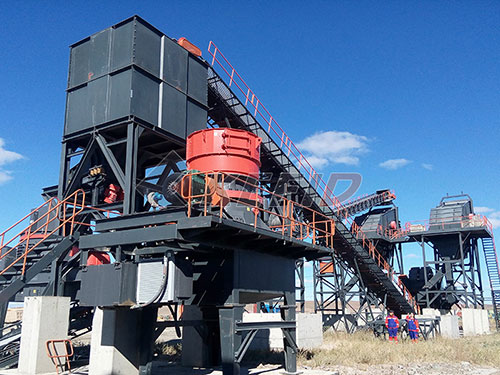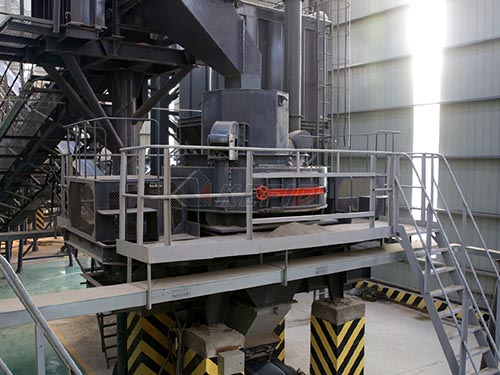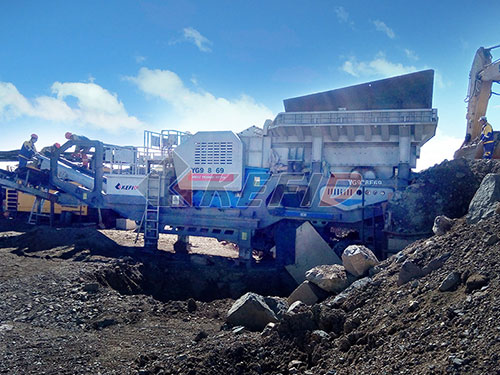The Critical Role of the Toggle Ram in Komatsu Jaw Crushers: Enhancing Safety and Uptime
Within the robust frame of a Komatsu jaw crusher lies a component crucial for both operational integrity and operator safety: the Toggle Ram. Often overshadowed by the massive jaws themselves or the powerful drive system, this hydraulic mechanism plays a pivotal role in protecting the crusher from catastrophic damage during unexpected overload events. Understanding its function reveals why it’s a key design element in Komatsu’s commitment to reliability and efficiency.
The Problem: Uncrushable Objects and Overloads
Despite rigorous feed control procedures, jaw crushers inevitably encounter uncrushable material – tramp metal like bucket teeth, drill bits, or exceptionally hard geological obstructions. In traditional crushers with mechanical toggle plates and tension springs, such an event transmits immense forces directly through the entire crushing chamber structure. This can lead to:
1. Bent or Broken Toggle Plates: The primary sacrificial element fails.
2. Damaged Eccentric Shaft/Bearings: Extremely costly and time-consuming repairs.
3. Cracked Frames: Compromising the structural integrity of the entire machine.
4. Extended Downtime: Hours or days lost for diagnosis and major repairs.
The Solution: Hydraulic Pressure Relief – The Toggle Ram
Komatsu addresses this vulnerability head-on by replacing conventional mechanical toggle plates and springs with a sophisticated Hydraulic Toggle Ram System. Here’s how it works:

1. Integrated Hydraulic Cylinder: Positioned similarly to where a rear toggle plate would be, one or more powerful hydraulic cylinders (the “Toggle Rams”) connect the movable jaw assembly to the crusher frame via robust toggle seats.
2. Controlled Pressure Setting: The hydraulic system powering these rams is maintained at a precise pressure level calibrated significantly higher than normal crushing forces but lower than forces that would cause structural damage.

3. Automatic Pressure Relief: When an uncrushable object enters the chamber or an overload occurs exceeding this preset pressure threshold:
The immense force pushes against the movable jaw.
This force is transmitted through the toggle seats into the hydraulic ram(s).
Instead of resisting destructively, the hydraulic fluid pressure within the ram(s) is overcome.
The ram(s) physically collapse or “stroke,” allowing the movable jaw assembly to move rearward significantly beyond its normal

Leave a Reply